ISR 2022, offers cumulative insight into the talent demand and supply across the employment landscape and provides an analysis of the changing employability trends and industry forecasts.
This year’s edition covers the results of the WNET test undertaken by 3 lakh candidates nationwide to understand the talent landscape of India. The report is created based on the pattern of hiring across 150 corporates in numerous job roles across 15+ industries.

The world was devastated by the coronavirus pandemic with industries coming to a standstill, lack of labour, and the widening of the skill gap. However, with the digital revolution gathering pace, increasing inflow of foreign investment, and the burgeoning presence of integrated workplaces, India Inc. has been adapting to the changing trends of the job landscape.
These developments and the resulting consequences have been consolidated into the India Skills Report 2021. It illustrates the changing scenario of demand and supply of talent, identifies the gaps prevailing between the two, and provides recommendations to sustain the growth of the Indian economy.
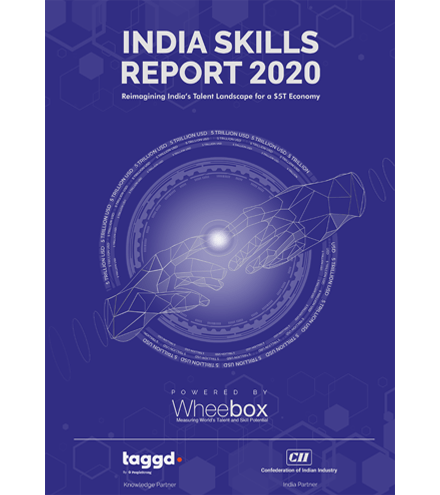
With an eye on the $ 5T economy, Indian industries have increasingly adopted digital solutions and invested in infrastructure. This has culminated in a transformation of the job landscape that has been led by demographic changes, government policies, a rising Industry 4.0 and increasing globalization.
This change is directly affected by the readiness of our present talent pool for new-age jobs or job types and these findings have been condensed into the ISR 2020 report. It highlights the two sides of the scenario and compares them to understand the prevalent gaps, discusses and puts forth possible solutions that could very well play a pivotal role in India’s growth story.
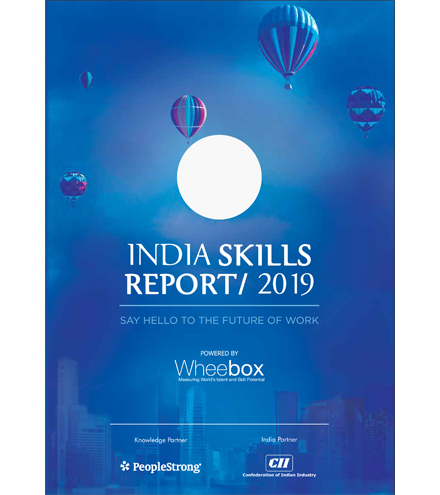
The talent scenario of India Inc. has changed tremendously in the past few years. With the government investing massively in infrastructure and logistics, and the entrepreneurial spirit of the Indian workforce gaining steam, industries have begun adopting the trend of gig workers. Moreover, as employability increases to a new high of 47%, new-age skills have become prominent owing to the digital transformation of various industries.
The present talent pool has been continuously evolving with sectors like retail and automobile ushering in new job types. The ISR 2019 report attempts to focus on the supply side of talent in the Indian economy, understand the impact of automation in the market, and demystify the demand of talent to bridge the gap between both. It discusses and puts forth possible solutions that could align with the expectations of employers and the candidates.
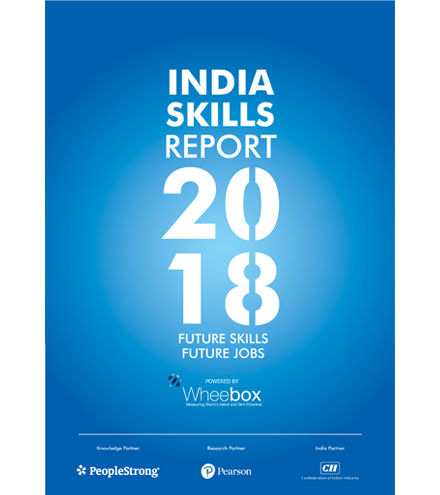
India has the capability to leverage its young and talented workforce to become the skills capital of the world. This aim has been supported by a multitude of government initiatives such as the National Skill Development Mission. Disruption in business models, increasing automation, and apprenticeships becoming common have resulted in a rapid pace of growth in the talent requirements of the industry.
With AI and Robotics emerging as indispensable skills for the next generation of jobs, employers have constantly implemented programs to upskill the current workforce. Similarly, a plethora of key insights have been consolidated into the Indian Skills Report 2018, after undertaking a comprehensive research of employment opportunities and the current talent pool in the Indian economy. It seeks to generate a bridge between the demand and supply sides of talent, in order to foster a coordination between expectations.
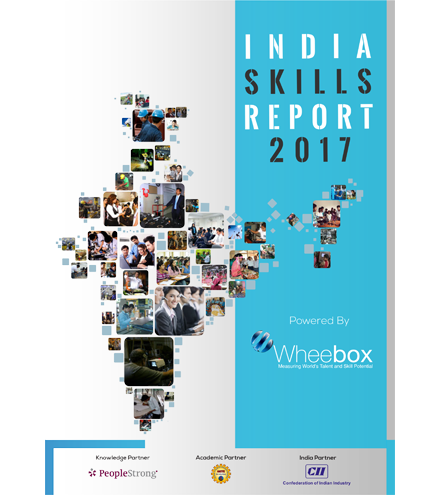
India has a population of over 1.2 billion, almost half of which are already eligible to work, and yet there are so many jobs which remain unfilled in the absence of right candidate. Employers and the government alike have taken significant strides in bridging this chasm which exists between candidate skillsets and industry requirements, however there is still some way to go.
India Skills Report 2017 is an effort that aims to support this initiative; by providing a stock of the talent landscape of India and supporting in charting the future direction of matchmaking. It captures the various initiatives taken by the government, the challenges and the impact on economy growth, skill levels of the supply side and the needs of the demand side of the Talent Supply chain.

India today, is its own initiative- An initiative to rebuilt, reinvent and reenergize. The golden ‘Growth’ era in the demographic dividend context is no longer a progression of thoughts but a reality that reflects youthful India’s firm strides towards overall economic development. The focus towards both job generation and skill development, is leading the nation to greener pastures and Vision 2020 is taking shape.
India Skills Report 2016 is an effort towards the direction of continuing match making initiatives. It enumerates the various policy decisions taken by the government, the challenges and the impact on economy growth. It is dedicated to the detailed analysis of the Supply and Demand side of talent and provides a consolidated view of the skill landscape.

India has witnessed significant changes in the year 2014 as the economy started its journey on the road of development. With Government’s focus towards both job generation and skill development, the country’s move to reap the “Demographic Dividend” by 2020 has begun with confident steps. With the transformation in employment exchanges, and the emphasis being laid on job creation and entrepreneurship, there is the need of a joint effort from various stakeholders in the skill landscape to implement these plans.
India Skills Report is an endeavour to combine data collected from the supply and demand side to form the basis of effective collaboration between the two ends of the Talent Supply chain. On one hand, it aims to equip the talent pool with information to access the jobs in the market, on the other, to provide the employers an access to the skill reservoir of the country
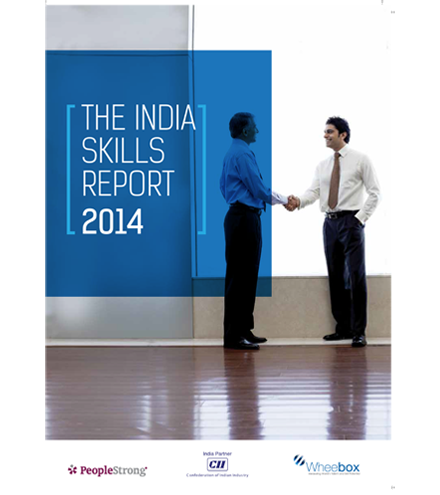
India has one the largest employable population in the world. However, in the glitz and glamour of these numbers, one often chooses to ignore that in today’s era of knowledge based economy, quality of workforce is more important than quantity. India is rushing towards a manpower situation whose larger portion is unemployable and this is one of the biggest challenges that we as a nation are ever going to face.
Sincere efforts to ensure partnership between the source of skills and their destination are a must. Hence, it is imperative to educate them about each other’s expectations so that informed plans for future can be prepared. This report is an effort towards that goal. It captures the skill levels of the supply side and needs of the demand side of Talent Supply Chain.









